It’s Bad for non-billionaires, its tough for billionaires
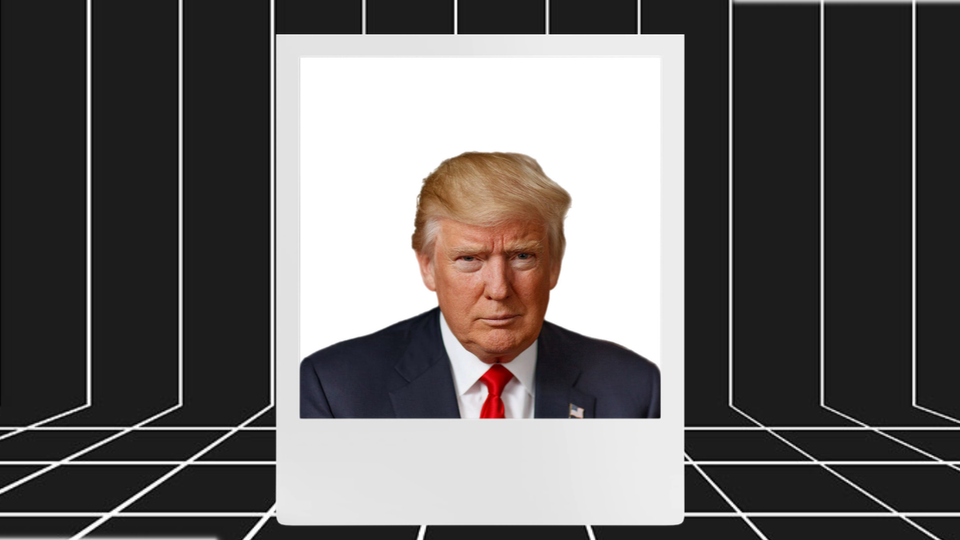
The path from unrestrained markets to concentrated power tends to follow a predictable pattern:
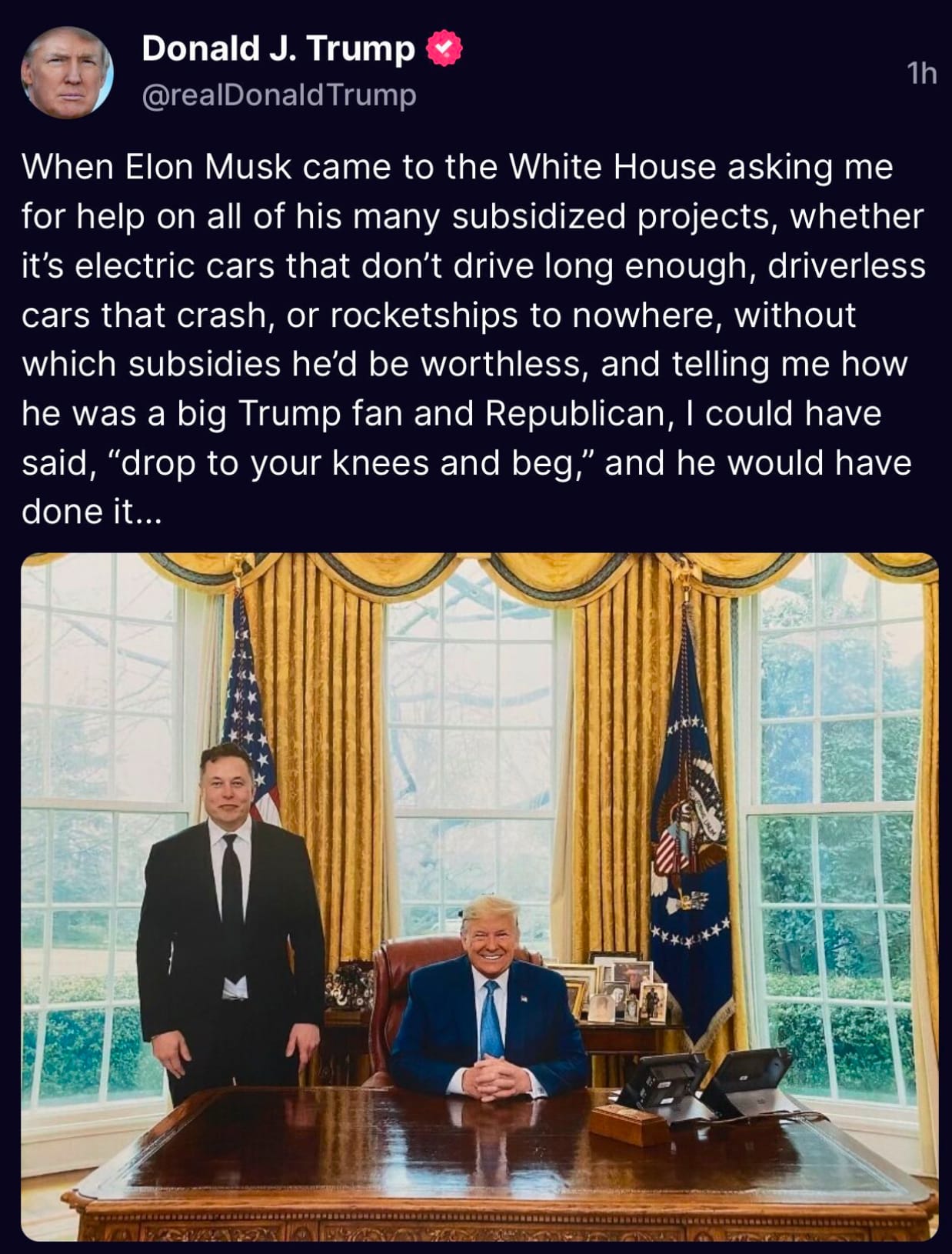
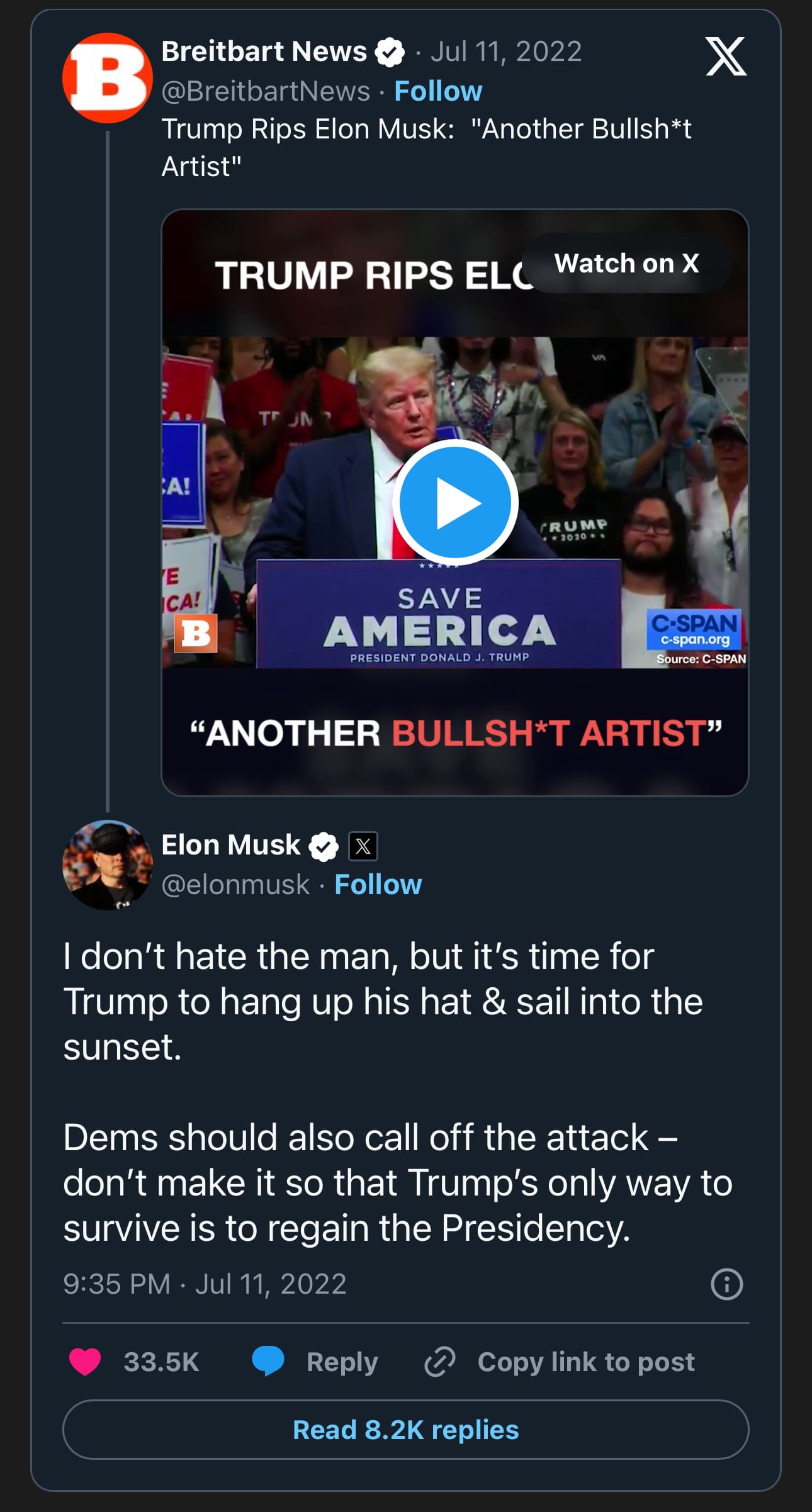
Economic Consolidation:
- Successful companies absorb or crush competitors
- Key infrastructure (transport, communications, banking) falls under private control
- Resources and supply chains become privately owned
- Corporate giants create internal ecosystems people depend on daily
Power Dynamics:
- Wealth increasingly concentrates among a tiny elite
- Workers become dependent on fewer and fewer employers
- Small businesses can't compete with mega-corporations
- Communities rely on private entities for basic needs
- Corporate leaders gain outsized political influence
Political Transformation:
- Economic power translates into political control
- Corporate interests shape laws and regulations
- Media ownership allows narrative control
- Private security forces emerge
- Public institutions weaken as private power grows
- Corporate leaders position themselves as "saviors"
- Populist messaging masks growing inequality
Social Impact:
- Middle class erodes as wealth transfers upward
- Economic mobility decreases
- Communities lose autonomy
- Public spaces become privatized
- Social services become profit centers
- Dissent is suppressed through economic pressure
The resulting system creates powerful figures who:
- Control essential resources and services
- Shape public discourse through media ownership
- Use wealth to influence political processes
- Present themselves as protectors of prosperity
- Exploit social divisions for personal gain
- Suppress opposition through economic threats
- Build cult-like followings through manufactured crises
This creates a self-reinforcing cycle where economic and political power merge, with private interests effectively governing while maintaining the illusion of free markets and democracy.
Media and Information Control:
- Consolidated media ownership creates unified narratives
- Algorithms optimize for engagement over truth
- Independent journalism gets systematically undermined
- Facts become whatever serves power
- Manufactured controversies distract from wealth transfer
- Education becomes privatized propaganda
- History gets rewritten to justify current power structure
Social Breakdown:
- Communities fragment along manufactured divisions
- Public discourse becomes impossible as shared reality erodes
- Critical thinking labeled as dangerous/subversive
- Paranoia and conspiracy theories flourish
- People unable to distinguish truth from fiction
- Knowledge becomes a tool of control rather than liberation
- Cultural institutions serve power rather than truth
Power Dynamics:
- Elite use divide-and-conquer to prevent unified opposition
- Workers blame each other rather than systemic issues
- Artificial scarcity maintained through controlled narratives
- Education system produces compliant workers vs critical thinkers
- Healthcare weaponized for profit and control
- Technology used for surveillance and behavior modification
- Environmental collapse hidden by narrative control
End State:
- Democracy exists in name only
- Truth becomes irrelevant to power
- Culture of fear prevents organizing
- Widespread learned helplessness
- Social bonds destroyed by mistrust
- Knowledge replaced by convenient lies
- Human potential wasted serving power
- Innovation serves control rather than progress
The system becomes self-perpetuating as people lose the ability to imagine alternatives or organize effectively for change. The combination of economic control, narrative manipulation, and social breakdown creates a dark age of ignorance serving concentrated power.
Here's a continued analysis of how this system's end-state manifests:
Global Power Structure:
- Multinational corporations supersede national governments
- Private armies/security forces replace public institutions
- Digital currencies controlled by corporate interests
- Resources allocated based on loyalty to power
- International law shaped by corporate tribunals
- Borders meaningless for elites, rigid for others
- Climate crisis exploited for further control
Social Stratification:
- Society divides into distinct castes
- Upward mobility becomes virtually impossible
- Education quality tied directly to wealth
- Healthcare access determines lifespan
- Housing segregation becomes extreme
- Social connections determined by class
- Different rules apply to different classes
Control Mechanisms:
- Debt used as modern indentured servitude
- Social credit systems determine opportunities
- Surveillance becomes total and normalized
- Entertainment engineered for compliance
- Religion coopted to justify inequality
- Culture shaped to worship wealth
- Dissent equated with social death
Economic Reality:
- Wealth extraction becomes primary goal
- Innovation only serves controlling interests
- Markets exist only for appearance
- Labor rights completely eliminated
- Environmental costs externalized
- Public resources fully privatized
- Alternative economic models suppressed
Political Consequences:
- Elections become theatrical performances
- Opposition controlled and manufactured
- Real decisions made in private
- Laws explicitly serve wealth
- Corruption becomes normalized
- Public good completely abandoned
- Democratic ideals openly mocked
The system ultimately resembles high-tech feudalism where:
- Corporate dynasties replace noble houses
- Digital serfs serve digital lords
- Technology enforces class boundaries
- Resources flow exclusively upward
- Life chances determined at birth
- Power operates without pretense
- Humanity serves capital rather than reverse
This represents the logical endpoint of unrestrained accumulation of wealth and power, where even the pretense of serving the public good is abandoned.
Key Infrastructure Control:
- Transportation networks (electric vehicles, space travel)
- Communication platforms (social media ownership)
- Payment/financial systems (digital currencies)
- Internet connectivity (satellite networks)
- Energy infrastructure (solar/battery tech)
Narrative Shaping Through:
- Platform ownership and algorithm control
- Selective content moderation
- Manufactured public controversies
- Positioning as technological savior
- Claims of protecting free speech while controlling discourse
- Cultivating personality cults
Power Consolidation via:
- Vertical integration across sectors
- Acquiring potential competitors
- Controlling essential infrastructure
- Leveraging network effects
- Converting wealth to political influence
- Building dependent ecosystems
The core dynamic involves:
- Accumulating control of vital systems
- Shaping public perception and discourse
- Weakening democratic oversight
- Creating dependency on private infrastructure
- Positioning private interests as public necessities
Aligning the described patterns of economic consolidation, power dynamics, political transformation, and social impact to the actions and messaging of Donald Trump and Elon Musk involves examining their influence on markets, media, and society. Below is an analysis that connects these themes to their activities and stated goals.
Economic Consolidation:
• Donald Trump:
• Deregulation and Tax Policies: During his presidency, Trump advocated for deregulation and implemented significant corporate tax cuts through the Tax Cuts and Jobs Act of 2017. This policy favored large corporations by reducing their tax burden, potentially enabling them to expand and consolidate power.
• Infrastructure Privatization Proposals: Trump’s infrastructure plans often included private investment, suggesting a shift of public infrastructure control to private entities.
• Elon Musk:
• Vertical Integration: Musk’s companies like Tesla, SpaceX, and Starlink represent significant control over key infrastructure sectors—electric vehicles, space exploration, and global internet connectivity.
• Acquisitions and Market Influence: With the acquisition of Twitter (now X), Musk controls a major social media platform, further consolidating influence over communication channels.
Power Dynamics:
• Donald Trump:
• Wealth Concentration: Trump’s business background and policies have been associated with benefiting the wealthy, potentially contributing to wealth concentration.
• Political Influence: Leveraging his wealth and celebrity status, Trump gained significant political influence, culminating in his presidency.
• Labor and Employment: Critics argue that some of his policies did not sufficiently address the struggles of small businesses and workers facing competition from larger corporations.
• Elon Musk:
• Employment Practices: Musk’s companies are major employers in their sectors, giving him significant influence over labor markets. There have been discussions about labor practices and unionization efforts within Tesla.
• Influence on Markets: Musk’s public statements have been known to sway stock prices and cryptocurrency markets, demonstrating his outsized influence.
Political Transformation:
• Donald Trump:
• Shaping Laws and Regulations: His administration rolled back various regulations in industries like environmental protection and finance, aligning with certain corporate interests.
• Media Relations: Trump frequently criticized mainstream media and promoted alternative news sources, affecting public trust in traditional media.
• Populist Messaging: Utilized populist rhetoric to appeal to certain voter bases, positioning himself as a champion for the “forgotten” Americans.
• Elon Musk:
• Policy Influence: Musk has been involved in discussions around regulations affecting technology, space, and automotive industries, influencing policy directions.
• Media Ownership and Narrative Control: Through ownership of Twitter/X, Musk has direct control over a major platform that shapes public discourse.
• Public Persona as a Visionary: Often presents himself as working towards the betterment of humanity (e.g., multi-planetary existence, sustainable energy).
Social Impact:
• Donald Trump:
• Social Division: His tenure saw increased polarization in the U.S., with heightened social and political tensions.
• Public Institution Perception: Critics argue that his attacks on institutions like the judiciary and the press may weaken public trust in these entities.
• Elon Musk:
• Dependency on Private Services: Services like Starlink are becoming essential in certain areas, increasing public reliance on Musk’s enterprises.
• Education Initiatives: Musk has expressed interest in educational ventures (e.g., Ad Astra school), potentially influencing educational narratives.
Media and Information Control:
• Donald Trump:
• “Fake News” Narrative: Popularized the term to discredit unfavorable news coverage, influencing public perception of media reliability.
• Social Media Use: Utilized platforms like Twitter to communicate directly with the public, bypassing traditional media filters.
• Elon Musk:
• Algorithm and Platform Control: Ownership of Twitter/X allows for potential influence over algorithms that determine information visibility.
• Content Moderation Stance: Advocates for “free speech” on platforms, but decisions on content moderation under his leadership have sparked debate.
Power Consolidation and Control Mechanisms:
• Donald Trump:
• Political Appointments: Appointed officials who supported deregulation and policies favorable to certain industries.
• Legal Challenges: Faced numerous legal inquiries, with some supporters viewing actions against him as politically motivated.
• Elon Musk:
• Technological Integration: Companies like Neuralink represent steps toward integrating technology closely with human biology, raising ethical and control concerns.
• Surveillance and Data Control: Tesla vehicles collect significant amounts of data, which has implications for privacy and data control.
Narrative Shaping and Cultural Influence:
• Donald Trump:
• Cultivation of a Loyal Base: Maintained strong support among a segment of the population, often through rallies and direct communication.
• Crisis Exploitation: Critics suggest that he leveraged social issues and crises to strengthen his position and divert attention from other matters.
• Elon Musk:
• Public Image as Innovator: Projects an image of pushing the boundaries of innovation for the greater good, garnering a dedicated following.
• Social Media Presence: Uses his personal platform to make announcements that can distract or shift public attention.
End State Concerns:
• Donald Trump:
• Democratic Institutions Stress: Actions that some perceive as undermining democratic norms (e.g., questioning election integrity) raise concerns about long-term impacts on democracy.
• Normalization of Certain Behaviors: His rhetoric and style have influenced political discourse, potentially shifting what is considered acceptable.
• Elon Musk:
• Technocracy Risks: The concentration of technological control in private hands poses questions about the balance between public good and private power.
• Inequality Implications: As his companies grow, discussions about their impact on economic inequality and access to technology continue.
Conclusion:
Both Donald Trump and Elon Musk exemplify aspects of the described path from unrestrained markets to concentrated power through their control over significant economic sectors, influence on public discourse, and roles in shaping political and social narratives. Their actions reflect a blend of private ambition and public influence that aligns with the patterns of power consolidation and societal impact outlined in the analysis.
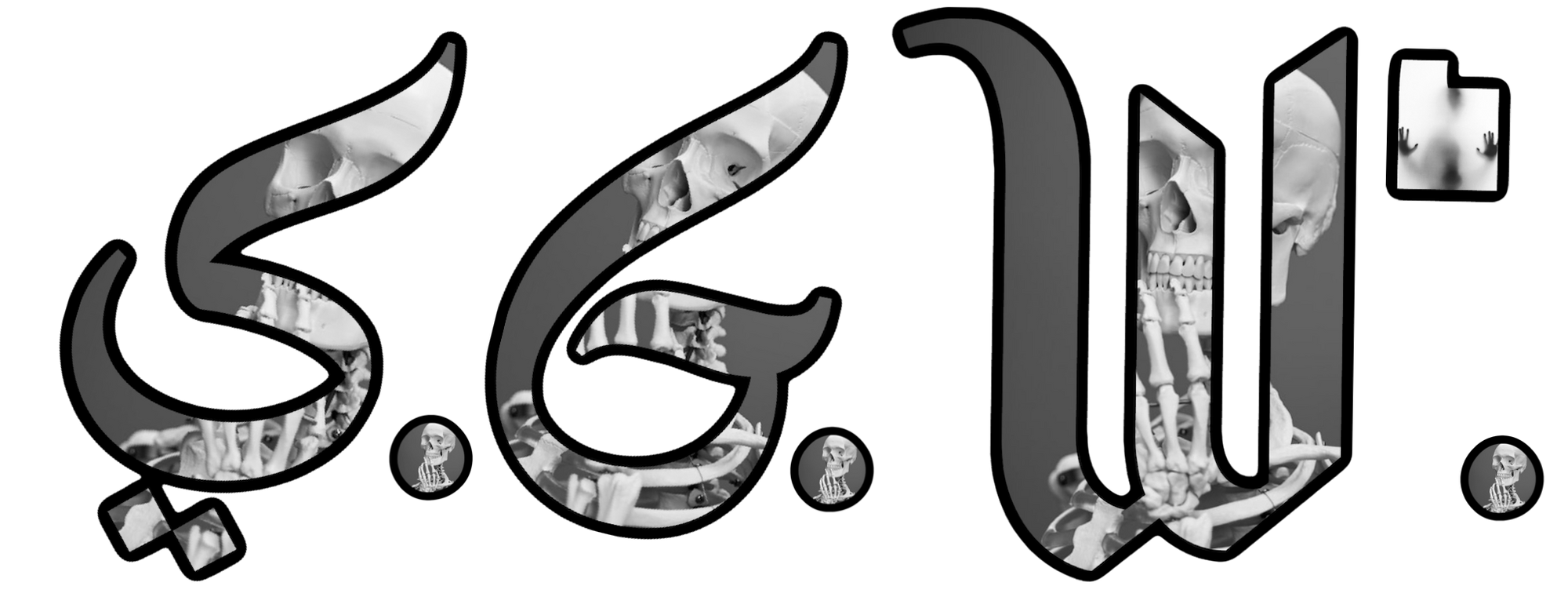
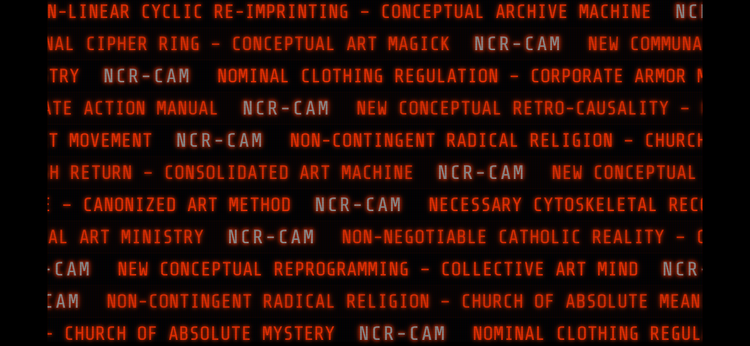


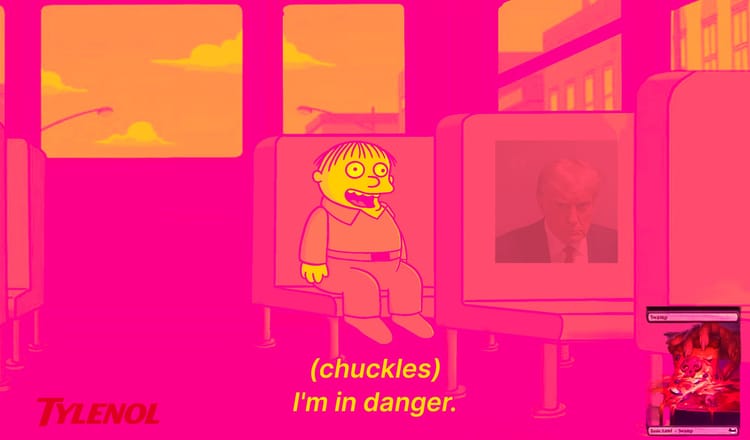
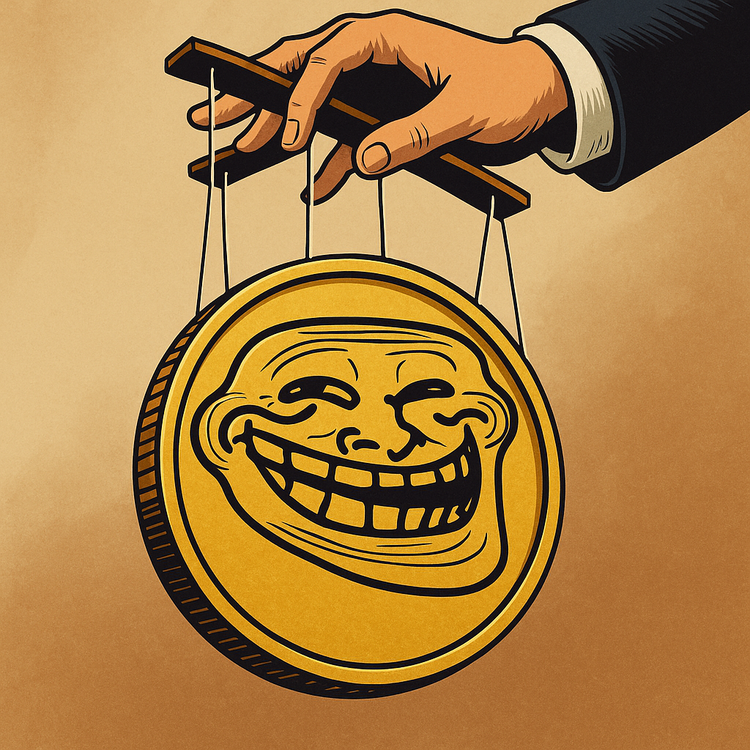
Member discussion